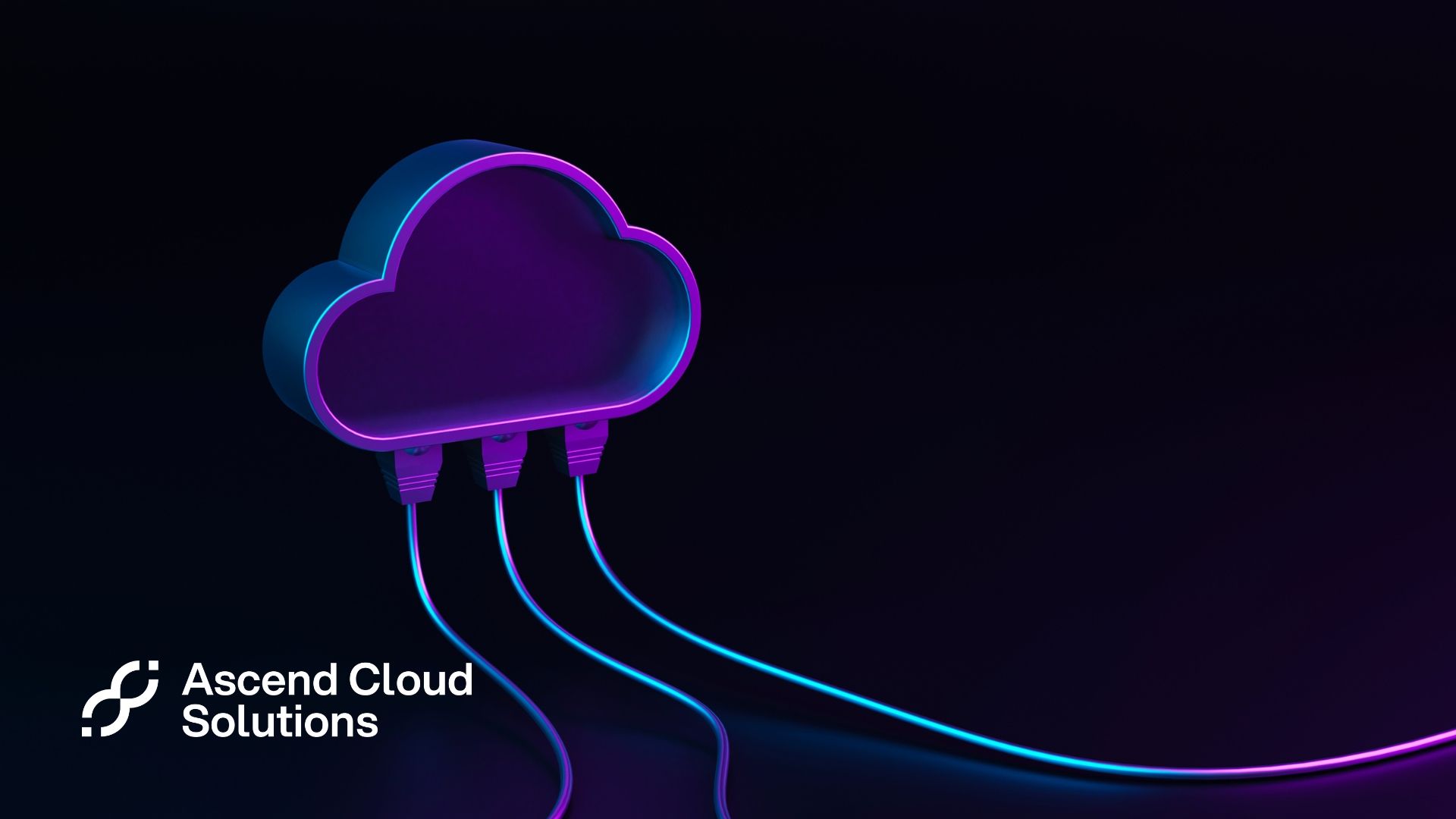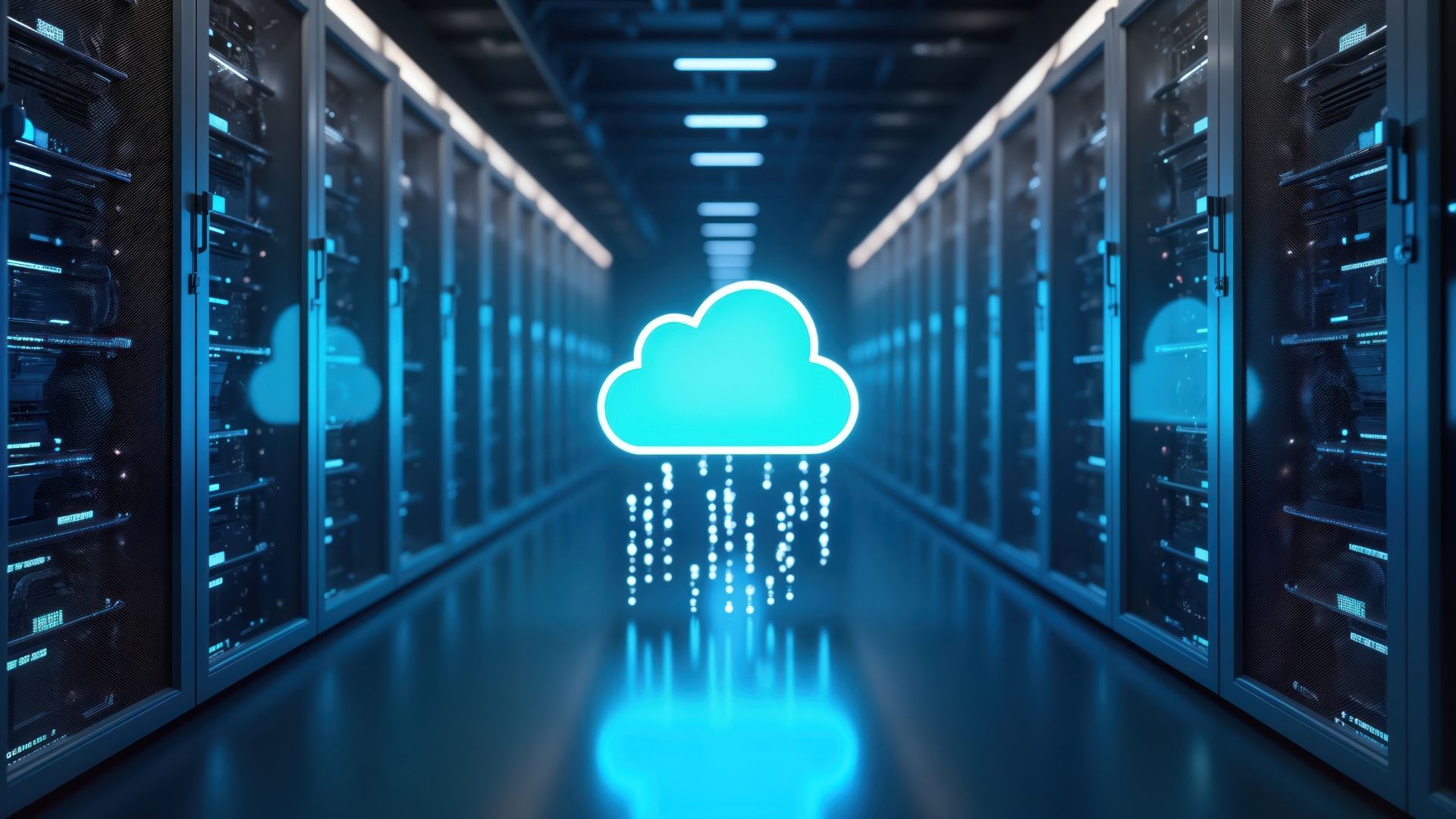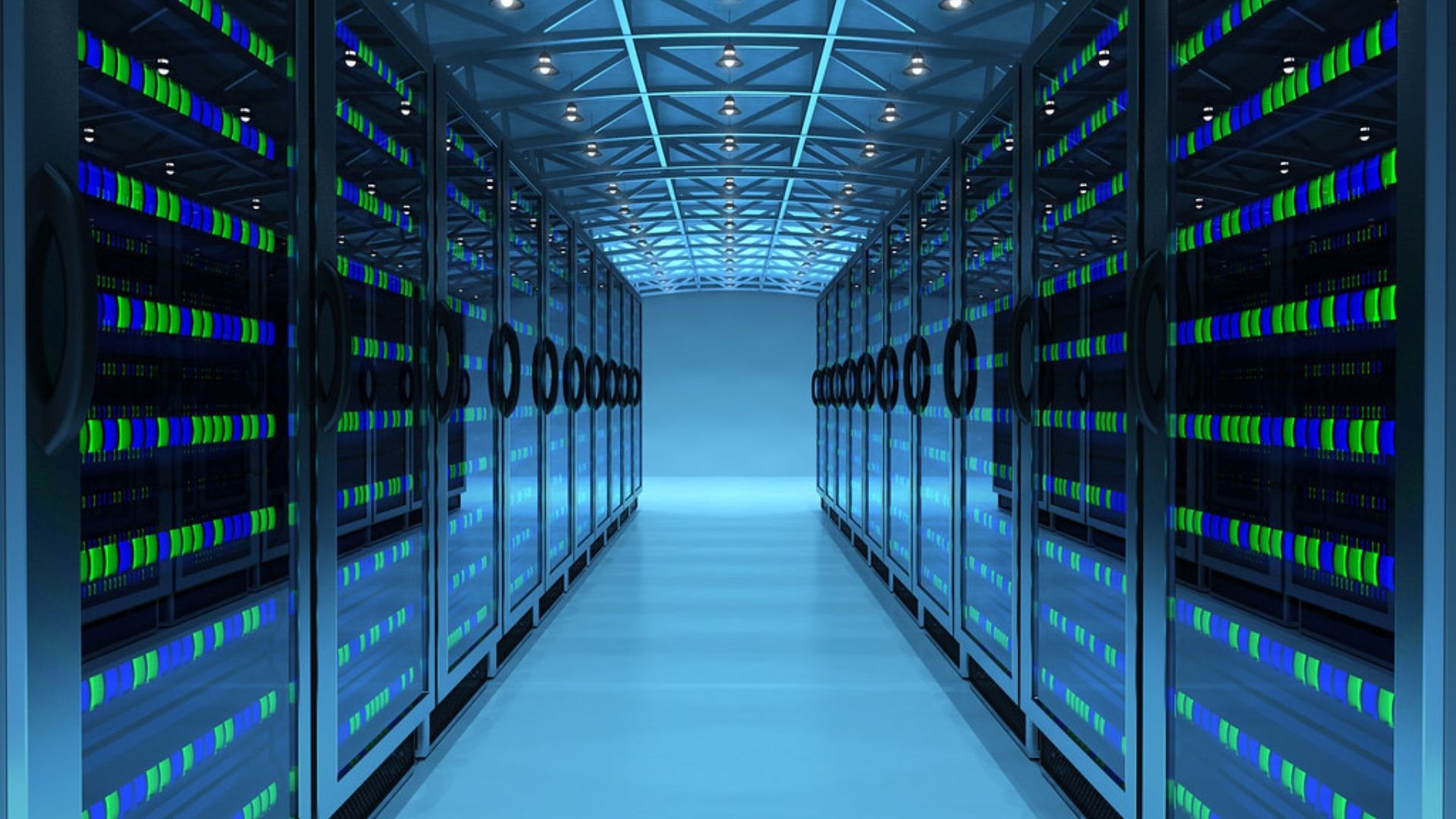The five Rs of rationalisation
When you're migrating workloads to the cloud, you need to decide which of the five Rs to follow. Confused? Get the lowdown in our five-minute read.

What are "the five Rs of rationalisation"? Reading, writing, 'rithmetic and, erm, two other Rs? A philosophical treatise? Some sort of sequel to the Four Horsemen of the Apocalypse?
If you're drawing a blank, don't worry. They're never going to be an answer on
Who Wants To Be a Millionaire.
But in the world of cloud computing, they're a big deal.
Let's say you're migrating your workloads – the software and data that together keep your business running – from an on-premise data centre to a public or private cloud. You've read all about it and are convinced it's a more cost-effective way of running the joint.
You're now faced with a big decision. But it's a big decision that's made up of a thousand smaller ones. What's the best way to migrate each of your assets?
Still not with us? Have an analogy. You're moving house. Your living room is now just a dumping ground for piles of stuff. You circle them warily, trying to decide: take, chuck or recycle? Is that ladle coming with you or going to the charity shop? How about that broken tricycle?
The five Rs of rationalisation are the "take, chuck, recycle" of cloud migration. Each workload can be migrated in different ways – and someone's got to sift through these operational piles and figure out what's best.
It's hard work, and many businesses find that they need outside help – a cloud expert who can answer critical questions for a huge range of workloads. Questions like "Is it in use?", "Is it optimised?" and "Does it need to be?"
In a nutshell, this is the process that's known in the business as rationalisation. It's the approach recommended by cloud giant Microsoft if you're switching from an on-prem data centre to Microsoft Azure – but it applies to any public or private cloud provider.
So, what are the five Rs exactly – and why should you care?
What are the five Rs of rationalisation?
1. Rehost
This is the technical name for "lift-and-shift" migrations. This is our speciality at Ascend Cloud Solutions – we've completed more than 400 of the things.
With a lift-and-shift, you're moving workloads to your new cloud environment without any changes to the architecture. To go back to our moving home analogy, you're packing
everything
up in boxes and taking them to your new place.
The big advantage here is that you can move now and optimise later. You're virtualising servers as they are – and as your staff know them. It's quicker and usually cheaper than the alternatives, so you can look forward to a rapid ROI.
2. Refactor
If you opt for PaaS solutions, you sometimes need to refactor apps so that they fit into the new cloud environment. It's a bit like when you download a piece of software – you need to know that it's compatible with your operating system. Refactoring ensures that apps work smoothly in their new environment.
3. Rearchitect
Some apps, however, are getting on a bit. They're often called "legacy apps". These are the vintage cars of the software world – often a pleasure to use, but a nightmare to repair. If the odometer goes, you're not getting a replacement in a hurry.

Legacy apps weren't built for the cloud, so they can be tricky to migrate. In this case, you might need to "rearchitect" an app.
Rearchitecting can also be necessary when you have an app that's compatible with the cloud but not "cloud-native". As time goes on, "cloud-native" software is becoming the norm – applications that are built in the cloud, for the cloud.
Migrating a non-cloud-native app can be like shoving a square peg into a round hole. Rearchitecting helps you smooth out the sides to make a snugger fit.
4. Rebuild
Let's say you have an application that's used daily by your teams but is no longer supported.
In some cases, it's simply too expensive to move to the new cloud environment. It can be a better idea, as Microsoft puts it, to "create a new code base to align with a cloud-native approach".
5. Replace
Finally, there's the most intuitive but also the most extreme option. This is where you abandon a workload and, instead, use a SaaS application.
What are the challenges of rationalisation?
Rationalisation is time-consuming and requires an in-depth understanding of apps old and new.
We're not making any assumptions about your IT team. It may be that they're well-equipped and trained to get you ready for a cloud migration. But if not, it's no surprise. Relatively speaking, these solutions are still in their infancy – and as well as being new, they're super-complicated.

One option is to train existing staff in the ways of the cloud. But this will necessarily delay the migration itself. You may find that the best solution is to work with a cloud migration partner.
Your software and data are an integral part of every aspect of your business. They influence everything from policy to research and development. It's just not worth taking a shortcut and giving the job to a team – whether internal or external – that's simply not up to scratch.
What are the advantages of lift-and-shift?
At Ascend, we specialise in lift-and-shift migrations because we know that for most customers the priority is getting to the cloud. Rearchitecting, refactoring and so on have their advantages – but they soak up a lot of time and energy.
Lift-and-shift keeps disruption to a minimum – as well as the price tag. It's fast, inexpensive and unobtrusive. You benefit from the security and scalability of today's cloud solutions without the faff of refactoring.
So if your priority is to make the move quickly, cheaply and without disruption, we recommend lift-and-shift. You can always optimise apps for cloud performance at your leisure once the main mission has been accomplished.
Ascend Cloud Solutions is a trusted team of VMware and
cloud computing experts
. We've handled more than 400 cloud migrations – and counting. Need help migrating to the cloud?
Speak to one of our specialists today.











